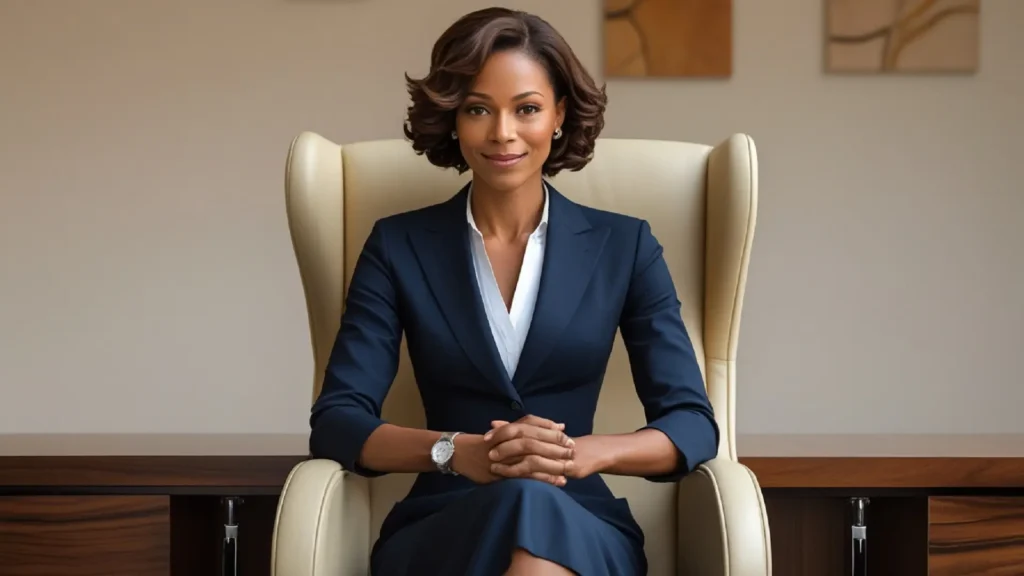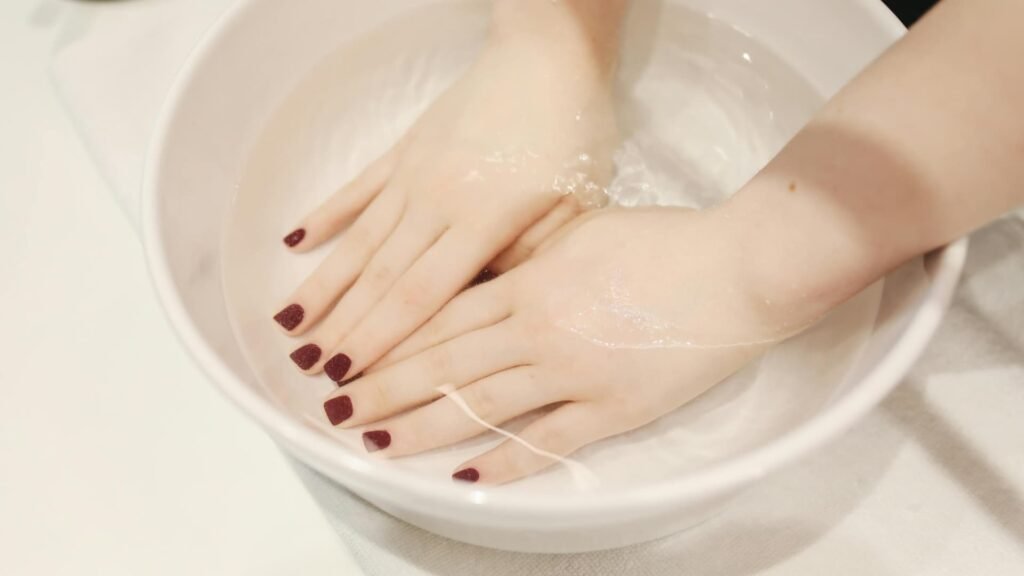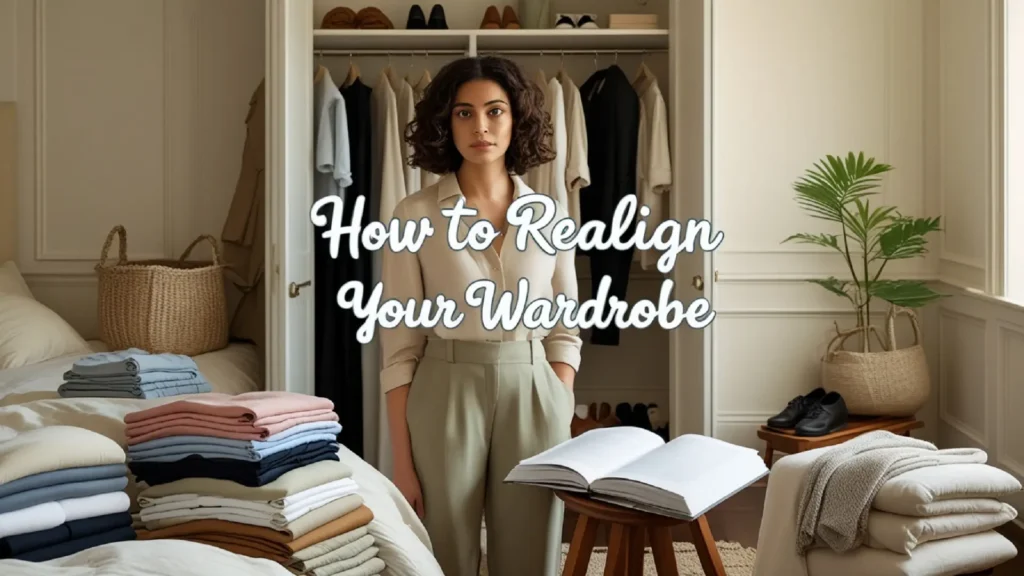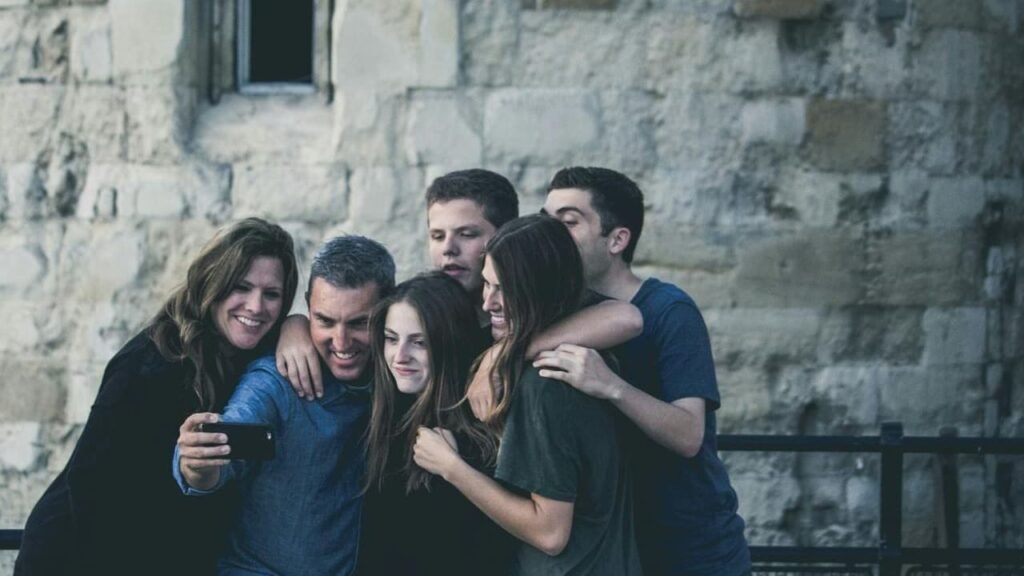Your employer will notice your outfit at the job interview. Noticing at your dress code he/she wants to understand your capabilities for the position and overall attitude towards the company perspective. A perfect dress boosts your confidence, helping you to focus on showcasing your skills and qualifications. So, it is very crucial to know how to dress for a job interview.
However, knowing exactly what to wear can be tricky, especially when different industries and companies have varying expectations for dress codes.
This guide will walk you through everything you need to consider when selecting your interview attire. Let’s dive in and explore how to dress for success at your next job interview!
Understand the Company Culture
Research the Company
The company’s official website often has a dedicated “About Us” section that describes its mission, vision, values, and overall culture. Read through the company’s history, its leadership, and what they say about their team and work environment.
Platforms like LinkedIn, Instagram, Facebook, and Twitter often reflect a company’s tone and values. Websites like Glassdoor, Indeed, and Comparably provide employee reviews, giving a more candid view of the company culture.
If you need, don’t hesitate to ask the interviewer directly about the company culture.
Formal Industry Outfit
Banks, law firms, and other corporate organizations require professionalism and respect for the industry’s conventions. Wear a tailored pantsuit or skirt suit with a crisp, button-down shirt or blouse. Stick to classic, neutral colors like black, navy, gray, and white. These colors convey seriousness and authority.
Avoid flashy or overly trendy pieces. Accessories should be subtle—think of a simple, understated watch or stud earrings. For women, avoid overly long or bright scarves, unless they are part of the company culture.
Creative Industry
Marketing, design and tech companies support flexible attire and encourage individuality. You can incorporate personality into your outfit while appearing professional.
In these industries, a smart blouse with tailored pants or a pencil skirt is a good choice. Choose colors or patterns that align with the brand or the industry (e.g., bright, bold colors or quirky prints).
A modern, well-fitted dress is a good option, as long as it’s not too casual or revealing. Keep in mind that you want to convey creativity without going overboard.
Casual Culture
Some industry requires less formal dress code. When interviewing with this company, opt for a smart-casual look with a blazer, blouse, and tailored trousers or a chic, knee-length dress. While it’s okay to experiment with color or patterns, remember that you should still look polished and well put-together.
The Importance of Wearing the Right Outfit at an Interview
When you walk into the room, your interviewer is likely forming an initial judgment based on what they see before you even say a word. Your outfit is one of the first signals they receive about your personality and professionalism
Dressing appropriately for a job interview shows respect. It signals that you recognize the importance of the interview process and are serious about the opportunity.
Confidence is one of the key traits employers look for in candidates, as it reflects your ability to handle challenges, communicate clearly, and take initiative.
An outfit that fits the occasion and reflects your understanding of the company’s culture can help you stand out from other candidates without overshadowing your qualifications.
Every industry has its own unspoken dress code. By dressing appropriately for the industry you’re applying to, you demonstrate that you understand the expectations of that field.
Understand the Dress Code Principle in Job Interview
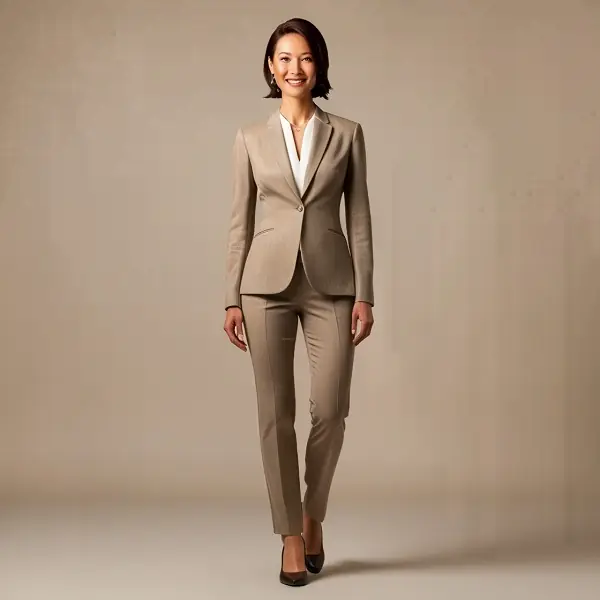
Clothing Choices
Blazers
A well-tailored blazer is always a safe choice for an interview. A fitted blazer defines your shape, and gives polished and professional look. Choose one that fits comfortably in the shoulders, chest, and waist. The blazer should be neither too tight nor too loose.
Blouses/Shirts
Button-up shirts, blouses, or silk tops are great choices for a formal job interview. Avoid anything low-cut or too revealing. A blouse in a solid color, or a subtle print (like stripes or polka dots), works well.
For extra comfort, ensure the fabric is breathable, especially for warmer weather or long interview days. Always check for wrinkles before you head to the interview, as a wrinkled blouse can give off an impression of carelessness.
Pants/Skirts
Match pants or skirts with your shirts and blazers. A pencil skirt or A-line skirt in a neutral color (black, navy, gray) is always a good option.
Otherwise, choose well-tailored trousers that are neither too tight nor too loose. Avoid overly casual pants, such as leggings or cargo pants. When choosing between a skirt or pants, consider the culture of the company, as some workplaces may be more casual or have a preference for certain types of attire. Make sure your clothes fit properly and allow you to move comfortably, whether you’re sitting, standing, or walking.
Colors and Patterns
Neutral Tones
Colors play a huge role in conveying the right message. Neutral tones like black, navy, gray, beige, and white are considered safe and professional. It is said that they tend to create an air of authority and competence. These colors also tend to be timeless and are less likely to distract the interviewer.
Add your personality
If you want to add a bit of personality, subtle accents of color, such as a muted pastel blouse or a jewel-toned scarf, can work well without overpowering the outfit. These softer colors maintain a level of professionalism.
Avoid flashy or loud patterns, as they can take the focus off you and your qualifications. Patterns like large florals, polka dots, or bright geometric designs might distract the interviewer or come across as overly casual.
For patterned items, opt for something subdued, like pinstripes or a small checkered print. In general, keep the focus on your professional qualities rather than your outfit. When in doubt, solid colors are always a safe bet.
Footwear
Heels
Select a pair that you can comfortably walk in for an extended period. A moderate heel of 1 to 3 inches is ideal. Higher heels can be distracting and uncomfortable.
Avoid shoes that make too much noise when you walk, such as stilettos. Stick to a classic, polished look with closed-toe heels. Pointed-toe or almond-shaped heels are typically more professional than round-toe styles.
You can also wear a low or mid-height block heel, which is stable and comfortable.
Flats
Closed-toe flats are usually a professional choice. Open-toe flats may not be the best option unless the company is very casual or the interview is in a warmer climate.
Avoid flat shoes, like flip-flops, sandals, or shoes with large bows. Make sure your flats are in good condition and clean. Inspect your shoes before your interview to ensure they are not scuffed or damaged.
Always carry an alternative pair in your bag.
Accessories
Jewelry
Opt for small, classic pieces, like stud earrings, a simple necklace, or a watch. Avoid statement jewelry, which can be distracting. For example, large hoop earrings, chunky necklaces, or loud bracelets might draw attention away from your skills and experience. Stick to delicate and elegant pieces that enhance your professional appearance without overwhelming it.
Bag
A structured handbag or professional tote can add a sense of order to your look. Choose a bag that is clean and organized, with enough space to carry any materials you may need, including your resume or portfolio.
Avoid bags that are too casual, such as oversized slouchy bags, and steer clear of novelty or overly trendy styles. Make sure your bag is well-maintained and free of clutter.
Makeup and Hair
Keep your makeup natural and polished. Aim for a fresh-faced look. Avoid dramatic or overly bold makeup styles like heavy eyeliner, bright lipstick, or excessive contouring. These can be distracting.
Focus on enhancing your features with subtle makeup. Hair should be neatly styled. Hair should not fall in your face.
Hygiene and Grooming
Personal hygiene plays a crucial role in your overall professional image. Ensure your nails are clean and well-manicured. The interviewers observe this often. Avoid garish nail polish colors.
Use perfume sparingly. A light scent can be refreshing. Keep in mind that some people may have sensitivities to certain smells, so less is more.
Prepare for the Climate
Have a professional coat or jacket to wear when arriving at the interview during colder months or in a location with unpredictable weather. A well-fitted trench coat or a tailored wool coat is an excellent choice that can complement your outfit while keeping you warm.
Avoid casual jackets like puffy coats, windbreakers, or overly casual outerwear, as they don’t convey the same level of professionalism.
Keep in mind that the way you manage your outerwear can make an impression as well. If you’re carrying an umbrella or other accessories, ensure they are neat and in good condition.
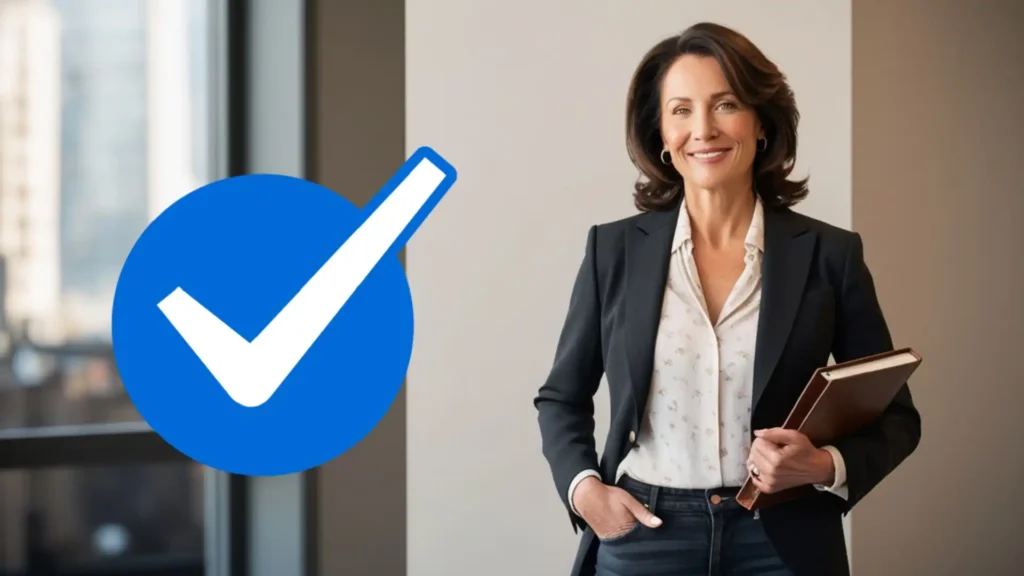
Avoid These Common Mistakes
Overly casual clothing
Items like jeans, T-shirts, or sneakers are typically too casual for an interview setting, even in more relaxed industries. Opt for pieces that are tailored and refined. Wearing something too laid-back may give the impression that you are not taking the opportunity seriously.
Overly revealing or provocative attire
Clothing that is too short, tight, or low-cut is inappropriate for a professional interview. This includes things like short skirts, spaghetti straps, or see-through fabrics. Always aim for modesty and professionalism, ensuring that your outfit doesn’t distract from your qualifications.
Excessive accessories or bold jewelry
While accessories can enhance your outfit, excessive or bold jewelry can be distracting. Avoid wearing large, clunky jewelry that can catch the light or make noise during the interview. Keep your accessories simple, polished, and understated to complement your overall look.
How to Dress for a Job Interview in Every Position
Different roles often come with varying expectations when it comes to dress code. Knowing what to wear based on the position you’re applying for help you align with the company’s culture and show that you understand the expectations of the job. Here’s a comprehensive guide to dressing for a job interview in various situations:
Internships
A blouse or button-up shirt with tailored pants or a knee-length skirt. Pair your outfit with flats or low heels to keep the look comfortable and professional.
Startup Positions
A polished yet casual outfit, such as a blouse or shirt with tailored jeans or a skirt, is ideal. Opt for a good looking fitted dress with a blazer or a cardigan. Comfortable flats, low heels, or clean, minimalist sneakers can work well in most startup environments.
Entry-Level Positions
A blazer and trousers or a pencil skirt with a blouse can make an excellent outfit. Alternatively, a knee-length dress paired with a blazer is both professional and stylish. Pair the outfit with moderate heels or flats.
Mid-to-Senior Level Positions
A professional suit, either a pantsuit or skirt suit, is an excellent choice. Alternatively, a professional dress with a blazer can look equally sophisticated. Wear closed-toe shoes, such as pumps or flats. Accessories should be minimal and refined.
Management and Executive Positions
A tailored pantsuit or skirt suit in a neutral color is ideal. If you opt for a dress, ensure it is professional and conservative, and pair it with a structured blazer. Keep accessories sophisticated and minimal—think pearls, a leather handbag, and sleek, polished shoes.
Virtual Interviews
A blouse, button-up shirt, or a professional top paired with neat pants or a skirt works well for virtual interviews. Ensure that you’re dressed from head to toe, as you may need to stand or adjust during the interview. Keep accessories subtle, and make sure your makeup and hair are polished.

